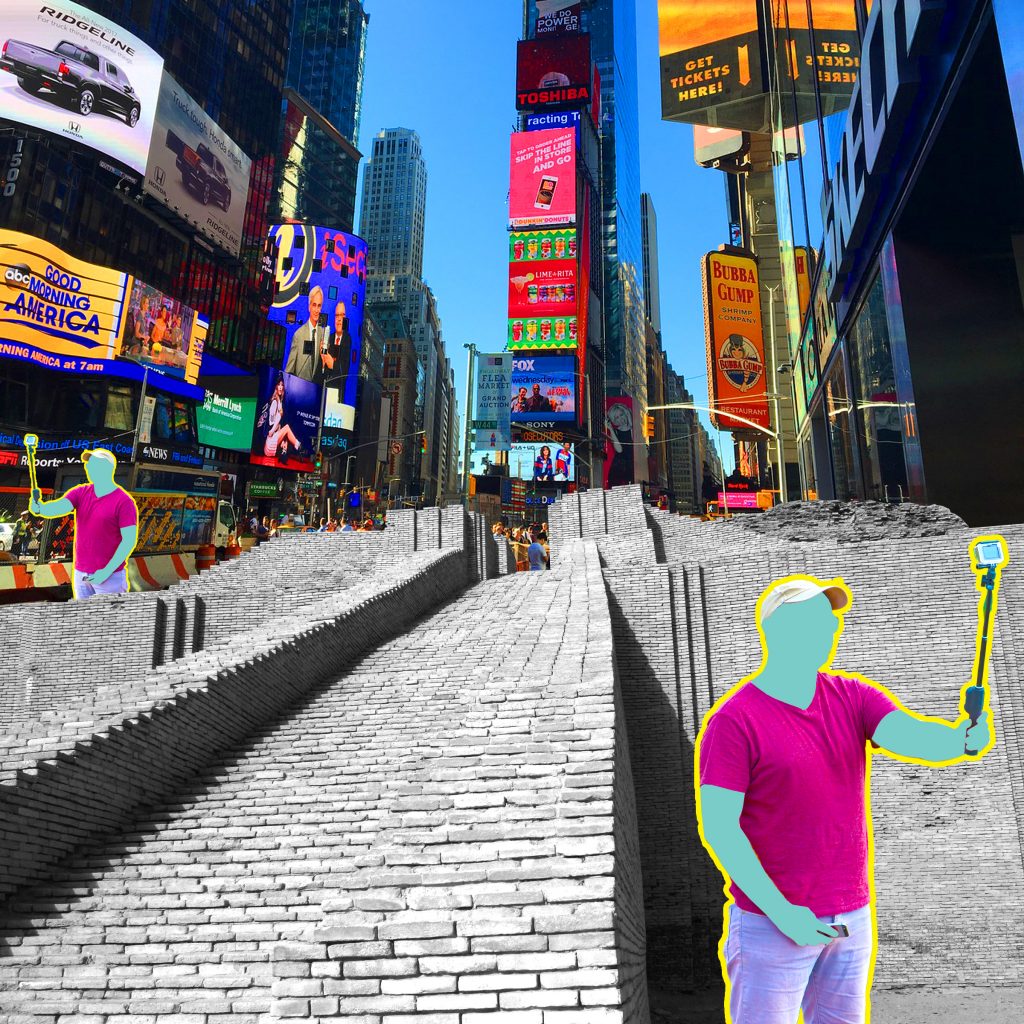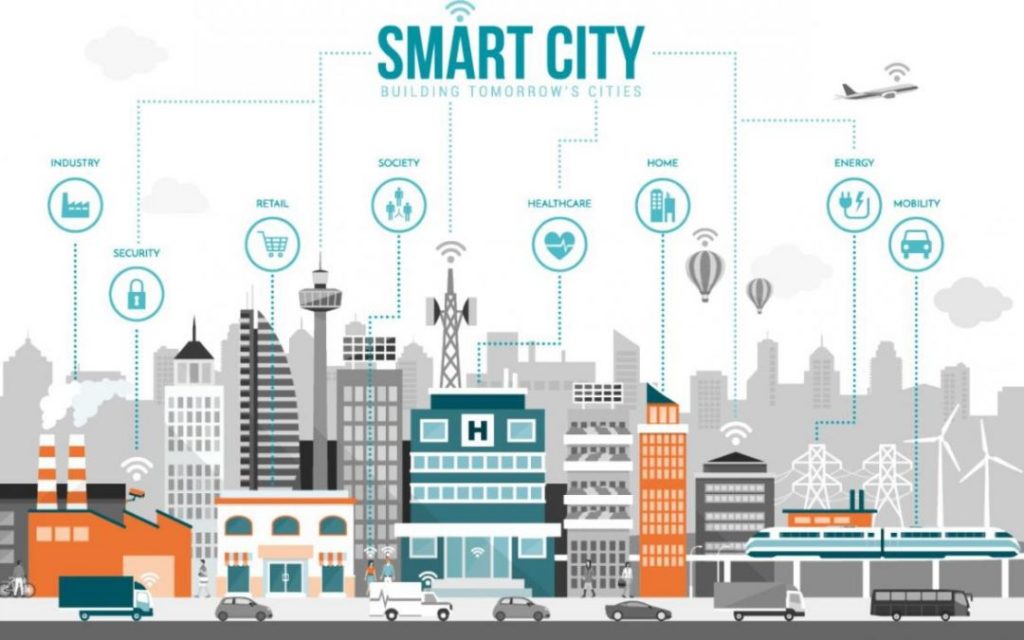How do we seamlessly transform cities into integrated multi-disciplinary innovation hubs using data driven design?

Thousands of years ago, civilizations were built from the necessity to be in close proximity to basic human needs, governed by a cyclical process of finding food and shelter. With the industrial revolution in the 18th century, cities shifted towards becoming incubation centres for factories and workshops, governed by the need to mass produce for economic gain. The industrial revolution marked a pivotal moment as cities became symbols of modernity, coercing people to move from rural environments to urban areas.
As the urban population grew, social structures within the city massively improved due to the emergence of infrastructures that supported the respective urban climate. Urbanization, although having brought opportunities and services for citizens to improve their lifestyles, has significantly impacted the socio-economic landscape of the urban environment and with the projected population of cities in 2050 expected to reach 70%, these impacts become more apparent. Most notably: – climate change, undervalued citizen wellbeing, overpopulation and disconnected urban management systems.
BACK TO THE FUTURE
Data driven design in transforming cities into centres of innovation

The emergence of technology paved way for innovative strategies that address the urbanization process and redirect the growth back towards basic necessities. Within the context of the cityscape, innovation draws from 21stcentury thinking processes to address city-wide challenges by acknowledging diversity and complexities to transform these weaknesses into dynamic opportunities. Technology allows copious amounts of strategic thinking, processes, and policies to redefine the operation and metabolism of cities towards more efficient service deliveries. This enables the integration of digital workflows via sustainability management and innovative solutions into various urban sectors such as:-
- Building and Design Codes / Architecture
- Disaster Management & Risk Reduction
- Environmental / Waste Management
- Public Safety
- Services Delivery
- Mobility
- Urban Governance
THE NEW CITY
Catalysation of Smart Cities through technological innovation

The United Nations defines a smart and sustainable city as “an innovative city that uses information and communications technologies (ICTs) and other means to improve quality of life, efficiency of urban operation and services, and competitiveness, while ensuring that it meets the needs of present and future generations with respect to economic, social, environmental as well as cultural aspects.”
Built on a radical vision of bridging people, place and technology, Smart Cities invest in highly interconnected urban infrastructures that bring stakeholders together for transformative and innovative problem-solving processes. This allows not only opportunities for participative strategies, but also creates room for IT leaders and tech experts to share and develop innovative urban solutions. Smart Cities, in return, would create a new job market for technical and creative professionals who are determined to do meaningful work for the urban community.
Although interconnectivity and integration of virtual and physical infrastructure are essential in making cities smart, they are also subject to operational risks, management complexities, uncertainty and distrust, biases and most importantly data protection and privacy. It also means that it isn’t enough for cities to extract dynamic information efficiently, but also integrate this data into creating more efficient systems.
DATA-DATA-GOOSE
Bridging gaps the gaps in adaptability through Data Driven Design methodologies

Data Driven Design as a research domain explores processes that are supported by data analytics through digital tools and intelligent connected systems. With regards to urbanism, data driven design functions as a common denominator between the virtual and physical infrastructures that aid in developing cities that are smart and sustainable. It uses actionable data to make better informed decisions, operate and manage functions, deliver services as well as regulate various urban processes. Through the umbrella of the Internet of Things and Big Data, this domain investigates the potential of information and communications technologies, to create cyber resiliency while addressing the vulnerabilities and risks of interconnectivity and integration.
